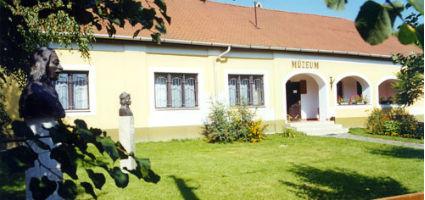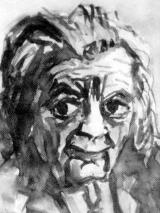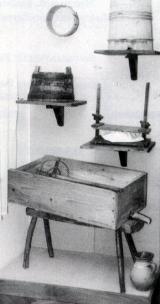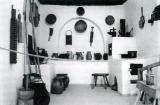2026. January 5. Monday
Ferenc Zajti Region Historical Collection - Újfehértó
 |
Address: 4244, Újfehértó Egészségház utca 2.
Phone number: (42) 290-600
E-mail: umuzeum@enternet.hu
Opening hours: Tue-Fri 9-15
Saturdays and Sundays only for groups on prior notice |



